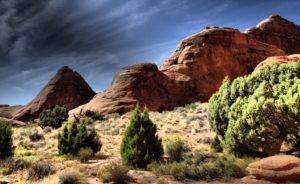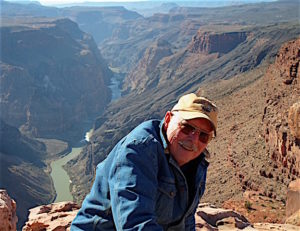About the Talk
Global Warming, Global Cooling, and the Evolution of Whales
Liz Nesbitt will take you on an adventure back to the end of the Cretaceous time period when dinosaurs became extinct but mammals started to flourish. Among these were sea-going mammals that evolved into the whales we know today. This will be a non-technical talk weaving together the early Cenozoic climates, whale evolution, and the fossil record for this time period that is preserved in western Washington.
After the end-Cretaceous extinctions 66 million years ago, global climates remained warm and Earth was free of ice sheets. Hothouse climates generally persisted until about 35 million years ago, when the world was plunged into icehouse conditions. Ice sheets spread across high latitudes for the first time in 200 million years. With the extinction of all large dinosaurs and marine reptiles at the end-Cretaceous, mammals rapidly evolved to fill many vacated eco-spaces. A lineage of land mammals went into the sea over this time, and the group evolved rapidly into completely aquatic animals, resulting in a diversity of whale body types and feeding strategies. During the early Cenozoic Era (55 to 25 million years ago), significant swings in climate may have been one driver of whale evolution.
About the Speaker
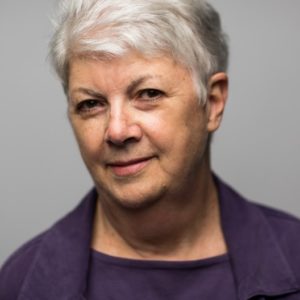 Dr. Nesbitt is Curator of Paleontology at the Burke Museum and Earth Sciences professor at the University of Washington. She received her doctorate from the University of California, Berkeley.
Dr. Nesbitt is Curator of Paleontology at the Burke Museum and Earth Sciences professor at the University of Washington. She received her doctorate from the University of California, Berkeley.
Much of her research involves the effects of changing climate on marine faunas, from large vertebrates to invertebrates and microscopic forms. She is currently working with Burke colleagues on measuring the health of Puget Sound through examination of the foraminifera in bottom sediments.
She is continually involved with the numerous exhibits at the Burke Museum, emphasizing communicating science to all ages. For example, she curated “Cruising the Fossil Freeway”, an exhibit that featured the science of Kirk Johnson (now leading the Smithsonian’s National Museum of Natural History) and the art of Ray Troll that introduced the huge variety of American fossils through interactive stations and games.
Numerous fossils of whales and other marine mammals collected on beaches of the Olympic Peninsula are housed in the Burke Museum. A new whale from this area was described in a technical paper published in 2015. Visiting paleontologists are currently studying several small whales and an ancestor of seals and sea lions, all collected from western Washington and between 30 million and 35 million years old.

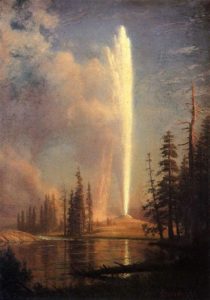 Dr. Susan Kieffer will describe what eruptions of Old Faithful Geyser and Mount St. Helens in 1980 have in common with rapids on the Colorado River in the Grand Canyon? It’s Rocket science–literally! She will discuss how some fundamental nozzle concepts from aeronautics govern flow patterns in three geologic nozzles, which can be rapid agents of change in the geologic record.
Dr. Susan Kieffer will describe what eruptions of Old Faithful Geyser and Mount St. Helens in 1980 have in common with rapids on the Colorado River in the Grand Canyon? It’s Rocket science–literally! She will discuss how some fundamental nozzle concepts from aeronautics govern flow patterns in three geologic nozzles, which can be rapid agents of change in the geologic record.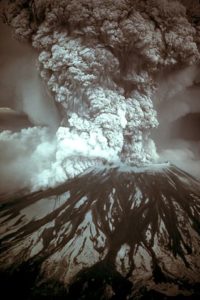
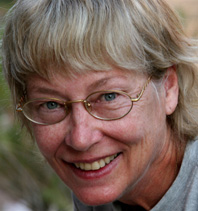 She is also a member of the National Academy of Sciences of the United States, a fellow of the American Academy of Arts and Sciences, and a 1995 MacArthur Fellow. She was awarded the Penrose Medal by the Geological Society of America in 2014 and is currently the Charles R. Walgreen, Jr. Professor Emerita at the University of Illinois.
She is also a member of the National Academy of Sciences of the United States, a fellow of the American Academy of Arts and Sciences, and a 1995 MacArthur Fellow. She was awarded the Penrose Medal by the Geological Society of America in 2014 and is currently the Charles R. Walgreen, Jr. Professor Emerita at the University of Illinois.